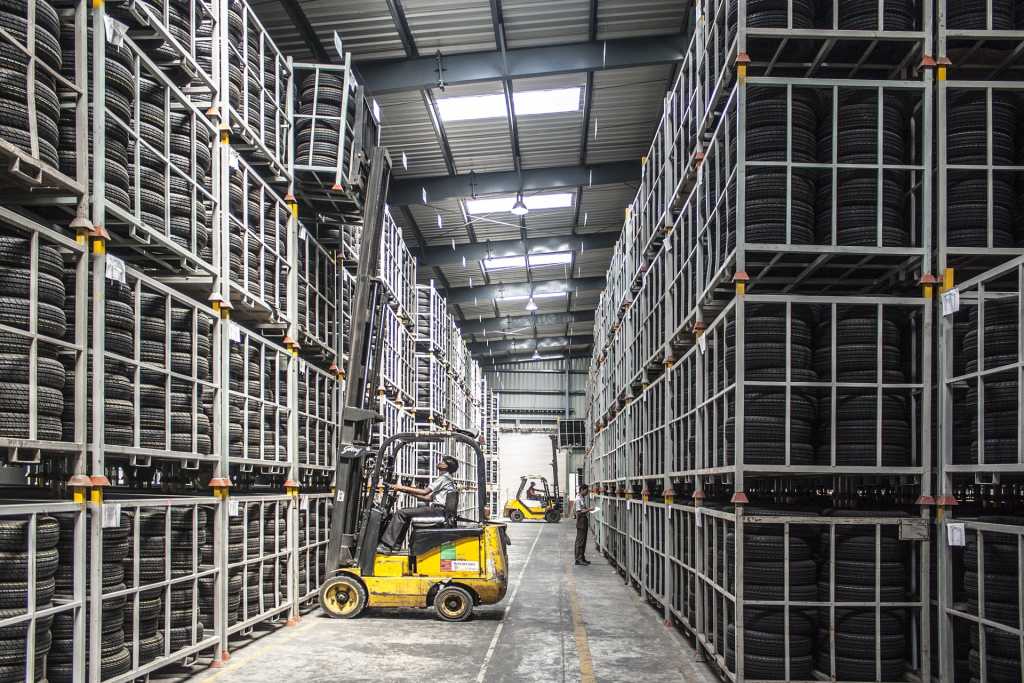Why Don’t Forklifts Tip Over?
When you look at a forklift it can seem like an extremely small and compact vehicle, but they are capable of lifting quite a significant amount of weight.
It’s an unusual feat for such a small piece of machinery, but is vital to a lot of different businesses.

Can a Forklift tip over?
The first way to answer the question is to point out that forklifts do actually tip. This occurs when the operative has lost control of the vehicle; it can mean the back wheels lifting from the ground momentarily or it can mean a complete loss of control.
Only proper training can prevent this kind of accident and any driver who has a proper working knowledge of a forklift, as well as knowledge of weight limits, will easily avoid this kind of accident.
Here at Euro 1 Training, we provide many course for different forklifts.
So how can a Forklift lift so much?
How is it then that they can lift so much weight without tipping over like you might expect? We have a great article on how much different forklifts can lift, check it out here.
Centre of Gravity
The basic principle is easy to understand and it doesn’t take becoming a physics genius to understand it.
The centre of gravity must be within the wheelbase to keep the vehicle stable, and most forklifts come with a chart to show where a load is best placed on the forks. There will also be details of the weight limits on the chart to help with safe loading.
The Load
The closer to the front wheels of the forklift you place the load the less likely it is to tip. This is the point where you can place the most weight, meaning that the further out you go on the forks the less weight it can hold. Think of the forks as a see-saw, we all know that on a see-saw you get more tipping and bouncing the further out from the centre you sit. You need a lot more force to make the seats go up and down the closer you get to the centre.
This principle applies to the height of the load too, if you were to lift a heavy load upwards on the forks then you take the weight away from the centre of gravity, this once again means less weight can be safely lifted the higher it goes.
One final facet which needs to be taken into account for forklifts is that they can sometimes turn with a zero turning radius. This ability to turn – and quickly, with forklifts able to hit speeds of 35mph – can pose a further tipping hazard when the weight is lifted. For this reason, the weight should be kept as low as possible when carrying out manoeuvres and only lifted when the vehicle is still.
A well trained, sensible operator is vital for the safe driving of a forklift.
This means that training for anyone who will be in charge of a forklift is essential, and here at Euro 1 Training we provide comprehensive forklift training for all varieties of forklift vehicles including counter balance training.
Contact our team today to ask about a course.
